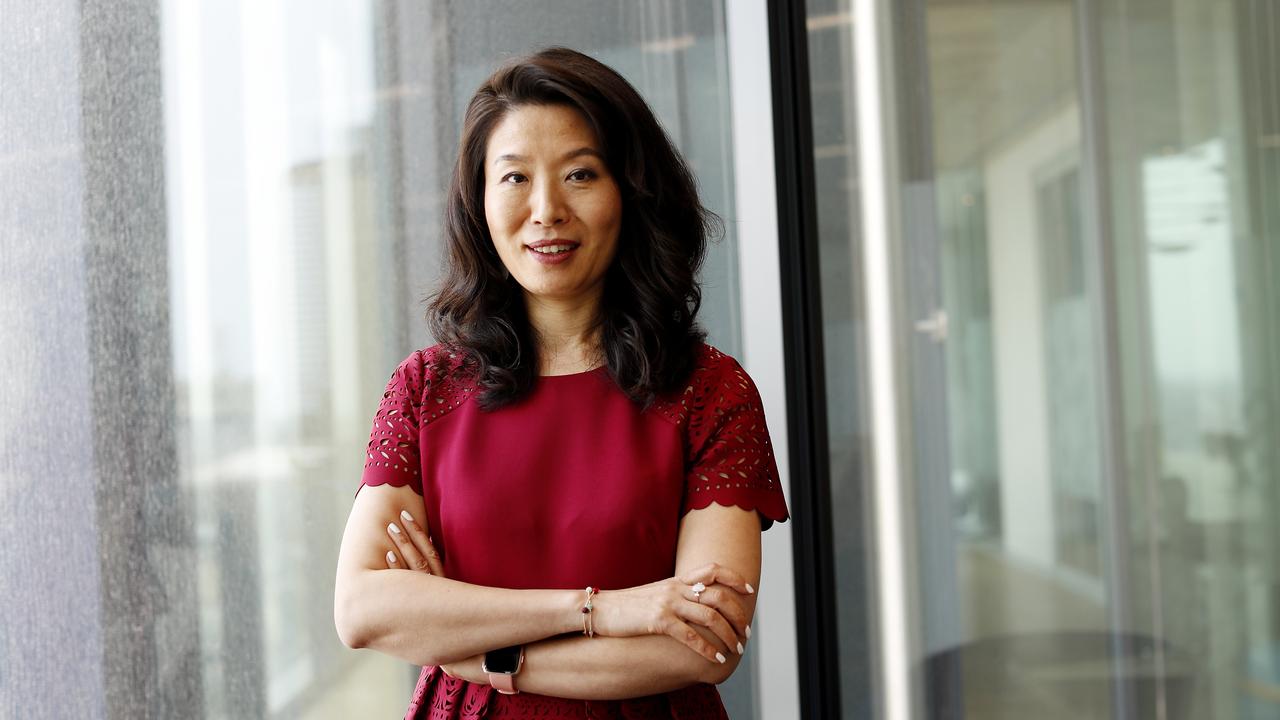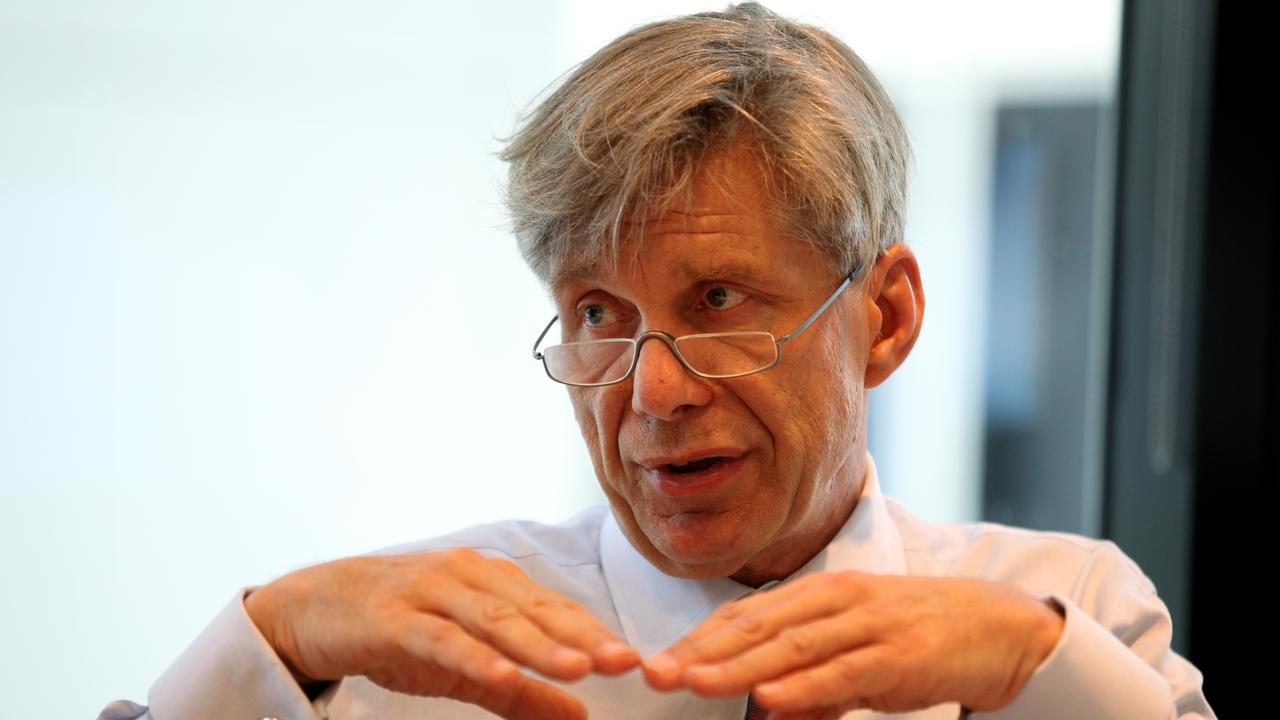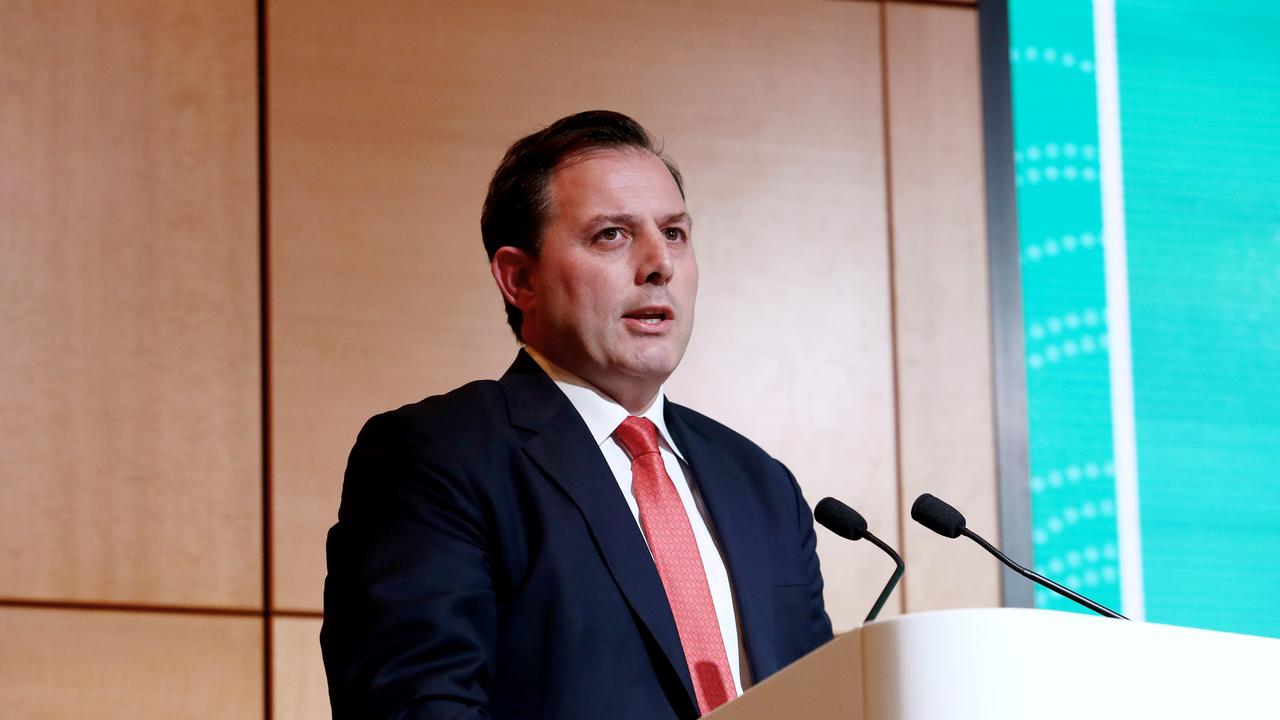Chinese investment in Australia continues to fall
Chinese investment in Australia last year was less than one tenth of the levels during the 2009 mining boom.
Chinese investment in Australia continues to fall as Beijing takes a more strategic view of offshore spending and its companies exhibit caution about Australia’s tighter foreign investments law.
The latest report from KPMG Australia and the University of Sydney shows that new Chinese investment in Australia in 2023 was down to its second lowest level since 2006.
It fell by 36 per cent to $1.34bn in 2023, compared with $2.1bn in 2022, with healthcare overtaking mining as the key industry – the second lowest only after Covid-19 in 2021.
This is a far cry from the heady days of 2009 when new Chinese investment in Australia topped $21bn ($US16bn).
There were only 11 transactions recorded in 2023, which was the same as the Covid-19 year of 2021 and only a fraction of the more than 100 deals in one peak year.
The annual KPMG/Sydney University Demystifying Chinese Investment in Australia report analyses Chinese overseas direct investment (ODI) into Australia for the calendar year January to December 2023.
The fall in investment in Australia came despite a pick-up in China’s overall non-financial direct investment offshore in 2023 during the year – rising by more than 8 per cent to $US130bn.
For the first time, the share of China’s offshore direct investment going to the so-called “belt and road initiative” countries exceeded 20 per cent of its total global ODI.
“Chinese investment in Australia has remained subdued in 2023, falling to the second lowest levels since 2006,” KPMG Australia Chinese business practice partner and co-author of the report Helen Zhi Dent said.

“This reflects the shift in priorities for Chinese ODI, which is increasingly flowing towards belt and road initiative countries, as well as towards mining and processing ventures in alternative markets, such as South East Asia.”
Australia was once the biggest single destination for offshore Chinese investment but it now prefers the US and countries linked with its belt and road investment initiative.
This has included investments in Indonesia’s nickel processing sector which has reduced world prices and challenged Australian producers.
Healthcare accounted for 42 per cent of the total Chinese investment inflows to Australia, as a result of two transactions totalling $562m.
The largest single investment was a $500m deal under which Singapore-based Hillhouse Investment Management bought NSW-based clinical research company George Clinical.
Food and agribusiness represented 21 per cent of the overall value through two deals totalling$283m.
Chinese investment in mining in Australia significantly decreased from $1.8bn in 2022 to only $34m in 2023.
The report said this followed “Chinese investors noting increasing uncertainty regarding investments in the mining sector, especially in critical minerals”.
Ms Zhi Dent said Chinese investment in Australia was now in a “contraction” phase and there was no immediate turnaround in sight.
“We had the resources boom period of Chinese investment in Australia (from 2006 to 2012) and then the diversification period (from 2013 to 2016) and now the contraction period,” she said.
“Things began to slow down from 2016 but they got particularly low from 2019.”
Ms Zhi Dent said the Chinese government no longer encouraged strong outbound investment by its companies as it did during the heady days when Chinese investors bought football teams and the Waldorf Hotel in New York.
Offshore investment was also hit by the economic downturn caused by Covid-19.
“Overseas investment from China isn’t as aggressive as it was before,” she said.
“But they (Chinese investors) are still looking for opportunities in Australia in areas such as healthcare and renewable energy.”

Ms Zhi Dent said China was “readjusting its offshore investment” and increasing its focus on countries in the belt and road initiative which are mainly third-world countries.
She said in the past Chinese companies invested in sectors such as mining, agriculture and food to ensure a source of supply for goods they wanted to take back to China.
But in the post-Covid period there was less of a focus on this and a more sober assessment of investing in Australia from some of the lessons from previous investments.
“They have realised that in Australia there are lots of regulations and additional challenges in terms of local compliance and workforce issues which they only learned after making the investments,” she said.
Ms Zhi Dent rejected suggestions that the fall of Chinese investment in Australia was due to applications from Chinese investors being blocked by the Foreign Investment Review Board.
She said very few applications in 2023 were blocked by FIRB but she agreed that Chinese state-owned companies in particular were now “very conscious” of the approval process and were always asking about the FIRB view when they discussed potential deals with their advisers.
Ms Zhi Dent said the improvement in Australia-China relations in recent years could lead to a change in sentiment investment here.
“The improving cross-border trade environment, as demonstrated by the recent removal
of wine tariffs, could help to kickstart increased Chinese investor interest in Australian businesses,” she said.
“This is particularly true in industries where Australian and Chinese businesses have
a long history of mutual co-operation, such as resources, food, and agribusiness, and
renewables.”
University of Sydney Professor Hans Hendrischke said there was an increased interest within China of investing in mining and processing ventures in alternative markets across South East Asia.
He said these “created competitive pressures” and diverted attention from investment opportunities in Australia.
“While Chinese investor confidence towards mergers and acquisitions in the Australian market
remains low, we are seeing increasing interest in greenfield investments, particularly in the
electrical vehicle, solar panels and batteries, and industrial machinery sectors,” he said.
“This is driven by the perception that these investments offer lower upfront financial risks and the potential for higher long-term rewards.”
Professor Hendrischke said there was the potential for investment here to improve given the improved relations between the two countries.

There remain many opportunities for collaboration, in areas such as Australia’s resource endowments, commitment to net zero by 2050, premium food and agricultural produce, innovation capabilities, and strategic location,” he said.
KPMG head of international markets and NSW chair Doug Ferguson said the report showed a trend of sustained contraction in Chinese direct investment in Australia since 2017.
He said there were falls in investment by state-owned enterprises in general and mining in particular which was “interesting given all the noise about critical mineral security”.
He said the fall in investment in Australia had come at a time when there had been a significant increase in Chinese investment into other developed countries such as the US which attracted $US1.8bn despite the geopolitical and trade tensions.
“It’s also interesting to note the increase and scale of Chinese investment into ASEAN/South East Asia in 2023 as it’s become a big focus area for Australia,” he said.
He said in the future we could have a “moderate” level of Chinese private investment in Australia “aligned to trade objectives for electric vehicles, solar and wind renewables, and other industrial and consumer driven sectors.”
The latest report shows that NSW received the largest share of Chinese investment with$1.01bn – accounting for 82 per cent of total investment.
This was followed by Victoria with 16 per cent or $211m, and Western Australia with only 2 per cent, or $28m.
The statistics show a continued increase in the role of private investors, rather than state-owned companies, in investment. Deals by private investors last year were up from $641m in 2022 to $878m.
More Coverage
Originally published as Chinese investment in Australia continues to fall





